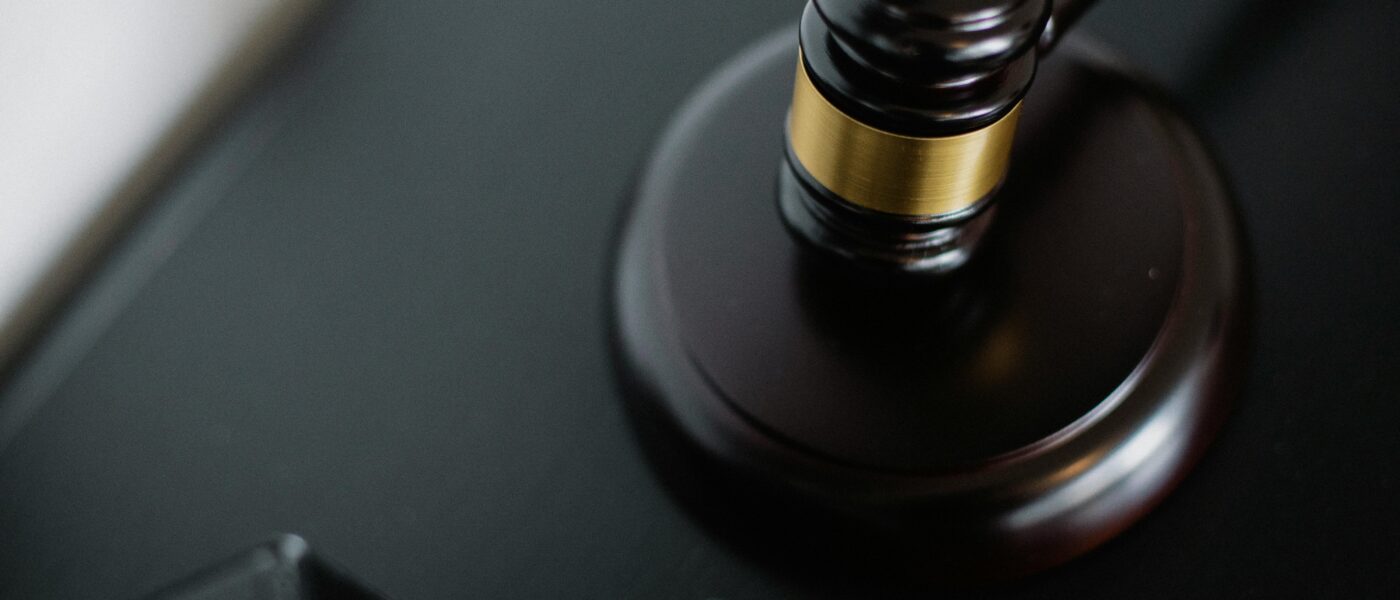Seeking Closure: When Can We Expect the Camp Lejeune Lawsuit to Be Resolved?
The Camp Lejeune water contamination incident is one of the most significant environmental and public health scandals in American history. The incident affected thousands of military personnel and their families.
For decades, individuals stationed at the Marine Corps Base in North Carolina were exposed to toxic chemicals in drinking water. The consumption and use of toxic drinking water lead to various devastating health consequences. In response, numerous lawsuits have been filed seeking justice and compensation for the victims.
However, the question remains intact despite years of legal battles and settlements. When can we expect closure for the Camp Lejeune lawsuit, and what factors influence its resolution?
Current Status of the Lawsuit
According to Consumer Shield, recent updates in the Camp Lejeune water contamination litigation show a substantial rise in lawsuits. By February 2024, 170,502 administrative claims and 1,530 lawsuits had already been filed. As of March 2024, the Camp Lejeune lawsuit continues progressing through the legal system, with various complexities and challenges.
These are the following updates in the case:
- The project model for analyzing the distribution and movement of contaminated water sources started again on March 12, 2024. It was initiated earlier in February 2024. The model will particularly focus on checking the levels of harmful chemicals in water supplies.
- On March 9, 2024, the government consented to release the muster rolls by the end of this month. The muster rolls will accurately document the attendance, leave, and status of the military personnel stationed at Camp Lejeune. The upcoming status conference has been scheduled by the court for March 19, 2024, commencing at 11:00 a.m. and will take place in Wilmington.
- On March 5, 2024, both parties agreed to certain rules to make the pre-trial discovery more efficient in the Camp Lejeune case. The court approved this agreement in new Case Management Order #11.
Factors Influencing Resolution Timeline
Several factors are influencing the resolution timeline of the Camp Lejeune lawsuit. One of the primary factors is the complexity of the case, involving numerous legal actions, multiple parties, and health issues linked to the contamination.
The sheer volume of evidence to be reviewed and the need for expert testimony to establish causation further complicate the legal proceedings. Additionally, the involvement of government entities, such as the US Department of Defense, adds another layer of complexity. The government agencies are often subject to different legal standards and procedures.
The statute of limitations issue, which has been the subject of legal disputes, has also contributed to delays in the lawsuit’s resolution. Overall, the confluence of these factors has resulted in a lengthy and challenging legal process for the Camp Lejeune water contamination victims.
Potential Settlement Scenarios
As per TorHoerman Law, the potential settlement scenarios for the Camp Lejeune lawsuits are complex and varied, each with unique circumstances. After the federal government initiated the Camp Lejeune Justice Act, those injured due to the exposure could file Camp Lejeune claims. This justice act will help the veterans to seek the financial compensation they are rightfully owed.
The per-person payout for Camp Lejeune lawsuit could vary significantly, ranging from well over $100,000 to as low as $10,000. Settlement amounts for Camp Lejeune water contamination cases are expected to be substantial, with estimates exceeding $21 billion.
Victims pursuing a Camp Lejeune toxic water claim stand to receive lucrative settlements, potentially exceeding $1 million in certain cases.
However, the actual payout is likely to be tailored to the specific circumstances of each case, taking into account factors. These factors are the extent of the individual’s exposure to the contaminated water, the severity of their health issues, and the legal arguments presented.
To get your compensation on time, it is important to file the claim before the deadline provided. According to JD Supra, the US Navy and the Department of Justice set the deadline for filing the case. The deadline is August 2024, by which the claimants can file their litigation.
Challenges and Obstacles
The Camp Lejeune lawsuits face several significant challenges and obstacles that have complicated the legal proceedings and prolonged the cases.
One of the primary challenges is the exact scientific evidence linking the consumption of contaminated water to specific health outcomes. Some studies have linked exposure to contaminated water and certain health conditions, like cancer; other health effects are less well understood. This complexity has led to disputes between the parties involved, further complicating the legal process.
Another major obstacle is the sheer volume of cases and the need for thorough investigation and legal proceedings in each case.
According to the Legal Examiner, more than 1,100 Camp Lejeune lawsuits were pending in federal court in North Carolina. Additionally, the Navy Judge Advocate General’s Office had hundreds of thousands of pending damage claims. The number of cases had substantially increased by February 2024. Officials have projected that the claims amount would reach up to $3.3 trillion as more cases are filed.
The lawsuits involve thousands of individuals affected by the contamination, each with their own set of circumstances and legal arguments. It has resulted in a protracted timeline for resolving individual claims, further delaying the overall resolution of the lawsuits.
Legal challenges, including issues related to jurisdiction, statutes of limitations, and the admissibility of evidence, have increased the complexity of the Camp Lejeune lawsuits. Furthermore, involving government entities, such as the US Department of Defense, adds another layer of complexity to the lawsuits.
Stakeholders and Their Roles
Stakeholders in the Camp Lejeune case include various parties with different roles and interests. The primary stakeholders are the victims and their families who were affected by the water contamination and seek justice and compensation. Legal representatives and advocates also play a crucial role, representing the interests of the victims and providing support throughout the legal process.
Government agencies like the US Department of Defense and the Environmental Protection Agency are also stakeholders. They are responsible for regulating and overseeing the cleanup and remediation efforts at the base.
The private companies that may have contributed to the contamination or have been named as defendants in the lawsuits are stakeholders. They seek to defend their interests and mitigate any legal liability. Each stakeholder in the Camp Lejeune case plays a unique role in the legal proceedings and the resolution of the lawsuits.
Timeline Projections
It is difficult to provide precise timeline projections due to the complex cases, the huge number of plaintiffs, scientific evidence, and legal challenges. Based on past trends and current developments, the lawsuits are likely to continue for several years.
The main factors influencing the timeline for the Camp Lejeune lawsuits are the identification of additional responsible parties and the progression of individual cases. Ultimately, timeline projections serve as a reminder that justice and resolution in complex legal cases can be a lengthy and challenging process.
Common Questions for Camp Lejeune Lawsuit Closure
What Is the Anticipated Duration for the Resolution of the Camp Lejeune Lawsuit?
Settlements for Camp Lejeune water-related cases typically take 1 to 2 years to resolve. However, the duration may vary based on the progression and specifics of each individual case.
Is It Still Possible to Initiate a Camp Lejeune Lawsuit?
The cutoff date for submitting a Camp Lejeune claim is August 10, 2024. Adhering to this strict deadline is imperative, as no extensions or exemptions are anticipated beyond this point.
In summary, the Camp Lejeune water contamination lawsuit underscores the extensive ramifications of environmental neglect. The legal proceedings surrounding the lawsuits are complex and multifaceted, with numerous challenges and obstacles hindering their resolution. However, despite these challenges, progress has been made, with significant settlements already reached and more expected in the future.




